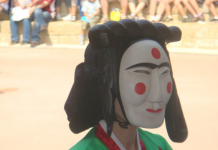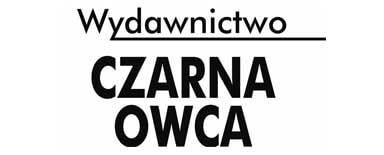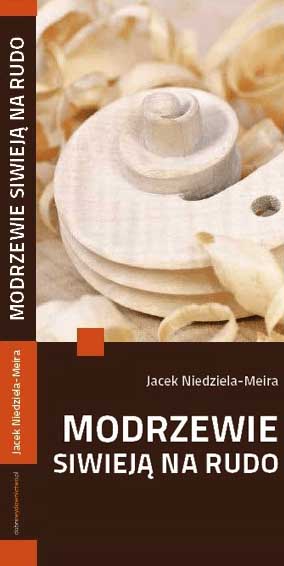Android App for Learning Kanji

Recently I released an android app for learning Kanji, which can be downloaded for free from the Google Play Store and is called Kanji Review. The application consists of three pages. A help page containing mostly the same text as this post, a page which lists the radicals along with their definitions and a page where you can interact with the main application for learning kanji.
This application consists of three pages. A help page, a page which lists the kanji radicals along with their definitions and a page where you can interact with the main application for learning kanji.
A total of 2042 kanji are viewable and downloadable as a single file (Kanji List.txt). With this file you can look up each kanji by number and plan your lessons by deciding on the range of kanjis you would like to be displayed. For instance 1-10 or 11-20. You can also put the app in review mode and then test what you have learnt by viewing flash cards.
Introduction to Kanji and the Radicals
The word kanji is the Japanese equivalent of the Chinese word hànzì, which means “Han characters”. Han refers to the Han Dynasty (206BC – 220AD) and is the name given by the Chinese to themselves. Between 5,000 and 10,000 characters, or kanji, occur in written Japanese.
Kanji are built from a small number of component parts called radicals. The system of classifying the kanji by their component parts first began with the Kang-xi dictionary in China and is now widely used in Japan. Virtually all Japanese kanji characters are either a single radical or made up from two or more radicals.
By memorizing kanji as a combination of parts, rather than as a unique character, one can greatly simplify the learning process. There are 214 radicals (radicals.txt). To get started, you only need to memorize some of the most important ones. You will then be able to figure out the meaning of many more kanji for yourself.
Purpose of the App
This app does not aim to teach you radicals but only Kanji. The list of radicals is included for reference. Out of the 2042 kanji displayed by the application, 2014 are taken from the Japanese Language Proficiency Test (JLPT). For lists JLPT N2 to N5, 100% of the kanji are included. However only 85% of the kanji from JLPT N1 are present (http://tangorin.com/common_kanji). All in all, 2014 of the kanji displayed by the app are taken from JLPT. The JLPT kanji lists are included for download below.
Downloads
-
Kanji List.txt – the list of kanji you can learn by using this app.
-
radicals.txt – a file containing the 214 radicals which are the building blocks of the kanji.
Andrew Ritz










































































